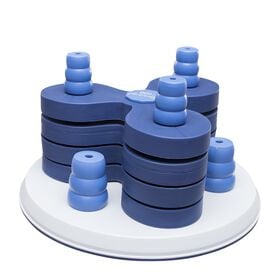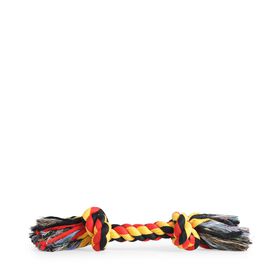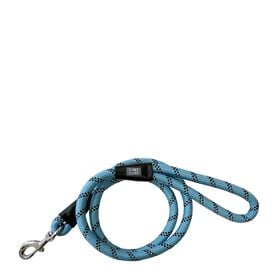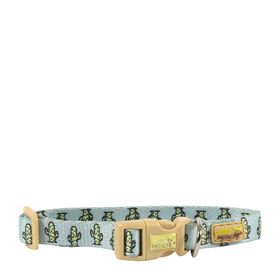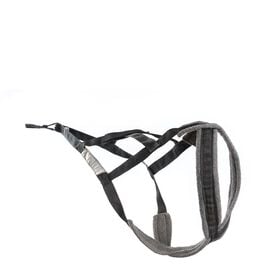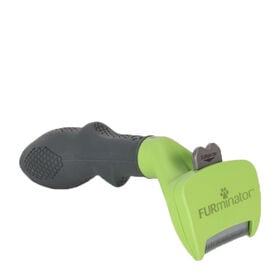Used for centuries as sled dogs in the Far North, Siberian huskies—also referred to as Sibes, Siberians and huskies—are easily recognizable. Their cheerful disposition makes them one of the most popular breeds in the world.
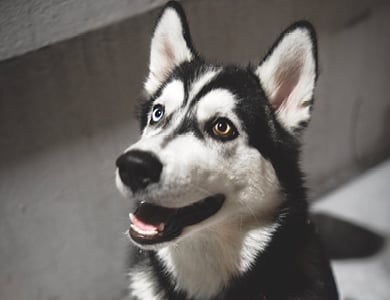
Origins
Originally from eastern Siberia, the ancestors of the breed that we know today were bred in northeastern Asia by the Chukchi people and were kept as companion dogs for their families and as endurance sled dogs about 4,000 years ago. When changing climate conditions forced the semi-nomadic Chukchi to expand their hunting grounds to survive, they developed a sled dog capable of hauling light loads over vast expanses of frozen terrain, in sub-zero temperatures, with a minimum expenditure of energy. The dogs they developed were the direct forerunners of today’s Siberian husky.
The breed was imported to Alaska by a Russian fur trader in 1909 to take part in the All Alaska Sweepstakes race, a 657-km dog sled race. Despite the dogs’ smaller size compared with the other teams, the Siberian husky team came in third, which impressed many participants. This launched the breed’s increased popularity. The breed was officially recognized by the American Kennel Club in 1930 and by the Canadian Kennel Club nine years later.
Physical appearance
The Siberian husky is a medium-sized working dog, light on its feet and graceful in action. Its well-furred body, erect ears and brush tail suggest its northern heritage and that the breed belongs to the spitz genetic family. Males should be between 53 and 60 cm (21 and 23.5 in.) tall at the withers and weigh 20 to 27 kg (45 to 60 lbs). Females are between 51 and 56 cm (20 and 22 in.) tall at the withers and weigh 15 to 23 kg (34 to 50 lbs).
The Siberian husky has a thick, silky double coat, with a soft, dense undercoat and a smooth, silky topcoat, giving it a well-furred appearance and a well-defined profile. It should be noted that the absence of the undercoat during the shedding season is normal. All colours, from black to pure white, as well as all colour combinations in between, are allowed. The eyes may be shades of brown or blue; one of each colour or particoloured is acceptable.
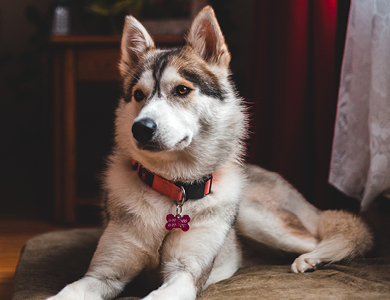
Life expectancy and health
The Siberian husky is a relatively healthy breed compared with other pure breeds, and its average lifespan is approximately 12 to 14 years. Health issues are mainly genetic, such as epilepsy, eye problems (juvenile cataracts, corneal dystrophy, canine glaucoma and progressive retinal atrophy) and congenital laryngeal paralysis. Hip dysplasia can also occur in this breed, but is not common, affecting only about 2% of dogs tested (information provided by the Orthopedic Foundation for Animals, in the U.S.).
Is this the good breed for your family?
Energy level
Let’s be clear : huskies are working dogs that have a lot of energy to expend. When adopting their dog, many people fail to take that into account and find themselves with a dog that gets into mischief because it has a surplus of energy. Huskies need both physical and psychological stimulation to be happy. Hikes through the woods, canicross, skijoring, long walks or dog sledding are all good ways to keep your husky moving. Huskies were bred to run and will do so whenever they can. It is strongly recommended that you keep them on a leash or in a fenced-in yard at all times.
Temperament
In terms of their temperament, huskies are very sociable and regularly need the company of their family members or other dogs. Consequently, they should not be left alone all day. They are generally excellent with children.
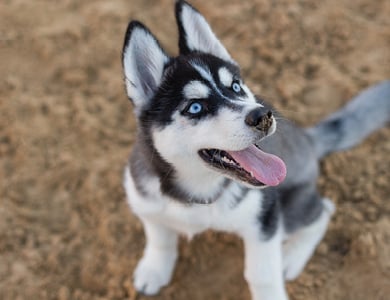
Maintenance
Siberian huskies are considered a “natural” breed, and stay relatively clean. They usually need to be bathed only a few times a year, unless they are participating in a conformation competition.
A deep brushing once a week will help keep a husky’s coat looking its best. Because of their double coat, huskies shed a great deal, twice a year. It is therefore important to brush them thoroughly throughout the year to remove dead hair regularly and control shedding. As with all breeds, nails should be clipped regularly to prevent foot problems.
For more information, contact a registered breeder at the Canadian Kennel Club, who can answer all your questions. You can also contact the organization for information on breeders and the various breed clubs in Quebec and elsewhere in Canada.


